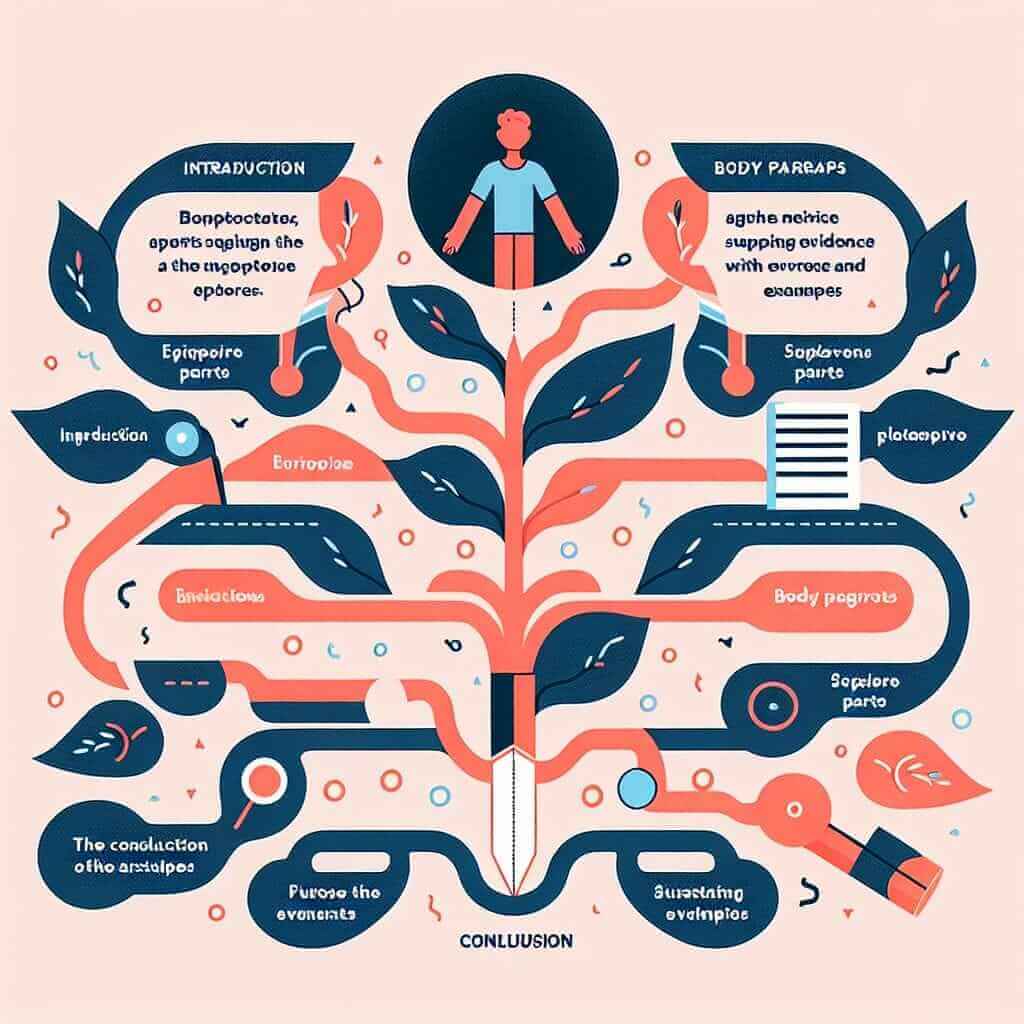The IELTS Writing test often feels like a high-stakes game of academic expression. Within this game, your essay introduction acts as your opening move, setting the tone and strategy for the rest of your argument. A well-crafted introduction can grab the examiner’s attention and pave the way for a high band score. This article will delve into the essentials of writing a compelling IELTS essay introduction, equipping you with the knowledge and techniques to make a strong first impression.
Understanding the Significance of a Strong Introduction
Think of your introduction as a roadmap for the examiner, providing a clear preview of what’s to come in your essay. It should achieve three key objectives:
- Clarity and Focus: Clearly state your understanding of the essay topic and establish your main line of argument.
- Engagement: Draw the reader in with a hook that makes your essay stand out from the crowd.
- Structure: Introduce the key ideas you will explore in the body paragraphs, demonstrating a logical flow of thoughts.
Crafting an Effective Introduction: A Step-by-Step Guide
While the specific content of your introduction will vary depending on the essay prompt, the following structure provides a reliable framework:
1. General Statement (Hook):
- Begin with a broad statement that introduces the general theme of the essay topic. This could be a widely accepted truth, a current trend, or a relevant observation.
- Example: “The rapid advancement of technology has revolutionized countless aspects of modern life, from communication to transportation.”
2. Background Information:
- Provide some brief context to bridge the gap between your general statement and the specific essay question.
- Example: “One area where this technological evolution is particularly evident is in the realm of education.”
3. Thesis Statement:
- This is the heart of your introduction, clearly stating your main argument or position on the topic.
- Example: “While some argue that technology has a detrimental effect on learning, I firmly believe that it offers numerous benefits that enhance the educational experience.”
4. Outline Statement (Optional):
- Briefly mention the main supporting points you will discuss in the body paragraphs. This is not always essential, but it can be helpful for longer or more complex essays.
- Example: “This essay will explore how technology promotes interactive learning, provides access to a wealth of resources, and prepares students for the digital workplace.”
Illustrative Example from a Real IELTS Essay Prompt
Let’s analyze how to apply this structure to a real IELTS essay question:
Prompt: Some people believe that the best way to reduce crime is to give longer prison sentences. Others, however, believe there are better alternative ways to reduce crime. Discuss both views and give your own opinion.
Sample Introduction:
- General Statement: “Crime rates have long been a subject of intense debate, with societies constantly seeking effective strategies to ensure public safety.”
- Background Information: “One approach that has sparked considerable controversy is the idea of imposing harsher punishments as a deterrent to criminal activity.”
- Thesis Statement: “While lengthy prison sentences may seem like a logical solution, I contend that focusing on rehabilitation and addressing the root causes of crime offers a more sustainable and humane path towards a safer society.”

Key Tips for an Outstanding Introduction:
- Keep it Concise: Aim for 3-4 sentences, keeping the word count between 50-75 words.
- Paraphrase the Question: Demonstrate your vocabulary by using synonyms and different sentence structures to express the essay prompt.
- Stay Objective in the Introduction: While you state your opinion in the thesis statement, avoid presenting strong opinions or overly emotional language in the introduction.
- Proofread Carefully: Grammatical errors and spelling mistakes in your introduction can create a negative first impression.
Conclusion
Mastering the art of writing a strong IELTS essay introduction is a crucial step towards achieving a high score. By understanding the purpose, structure, and key elements, and by practicing with real essay prompts, you can confidently start your essays on a strong footing and set yourself up for success. Remember, your introduction is your first opportunity to impress the examiner – make it count!